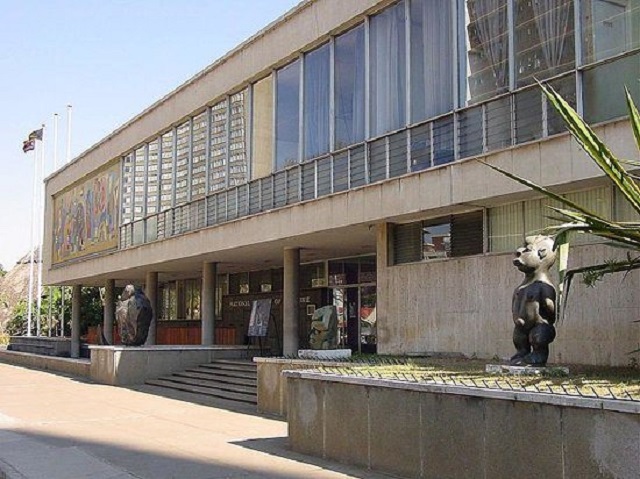National Gallery of Zim turns 60

Showbiz Reporter
THE National Gallery of Zimbabwe (NGZ) in Harare will be celebrating the presentation and conservation of Zimbabwe’s contemporary and visual heritage since 1957 this year as it celebrates its 60-year anniversary.
The celebrations will also be an opportunity for the NGZ to rename the galleries to honour late artistes that walked through its doors, worked in the building and exhibited at the institution that was established on July 17, 1957.
“In April, we’ll formally change the names of some of our galleries. We’ve been calling them East, West, North and so on, but we’re going to name them after some of the artistes that have passed away, those who worked in the 50s and 60s,” said NGZ executive director Doreen Sibanda.
She said in July, a party will be held to celebrate the gallery’s establishment.
“As part of our celebrations, we’ll launch a ground breaking publication of all the Zimbabwean works that have been exhibited.
“In August, we’ll have another ground breaking publication of the history of art in Zimbabwe.
“In September, we’ll host the International Congress of African Culture which was last held in 1962. This will be a gathering of scholars and academics discussing African arts and culture.”
Sibanda said although in the 50s the NGZ was essentially an institution for the white community, the first director Frank McEwen was determined to develop and popularise the art of local black people.
“Frank McEwen was of a different view from local Rhodesian authorities. He was from Paris and had come to look for inspiration in Africa, contrary to what was the norm.
“With that background McEwen came here with the view that there must be something explicit about Africa and it was important to reawaken Zimbabwean art and to promote it.
“By the 1960s and 1970s there was a huge renaissance of Zimbabwean artistic creativity and along that a great deal of international success.
“This new art was largely using the medium of stone, a medium which was already familiar to our ancestors here in Zimbabwe and it led to the internationally acclaimed stone sculpture movement.
“However, the stone occupation didn’t mean that there were no other skills inherent therein. Rock painting and other objects in local material pointed to a continuation of indigenous forms of expression, high skill and creativity.
“Soon after independence, the National Gallery purposefully promoted and reinforced this narrative,” said Sibanda.








Comments